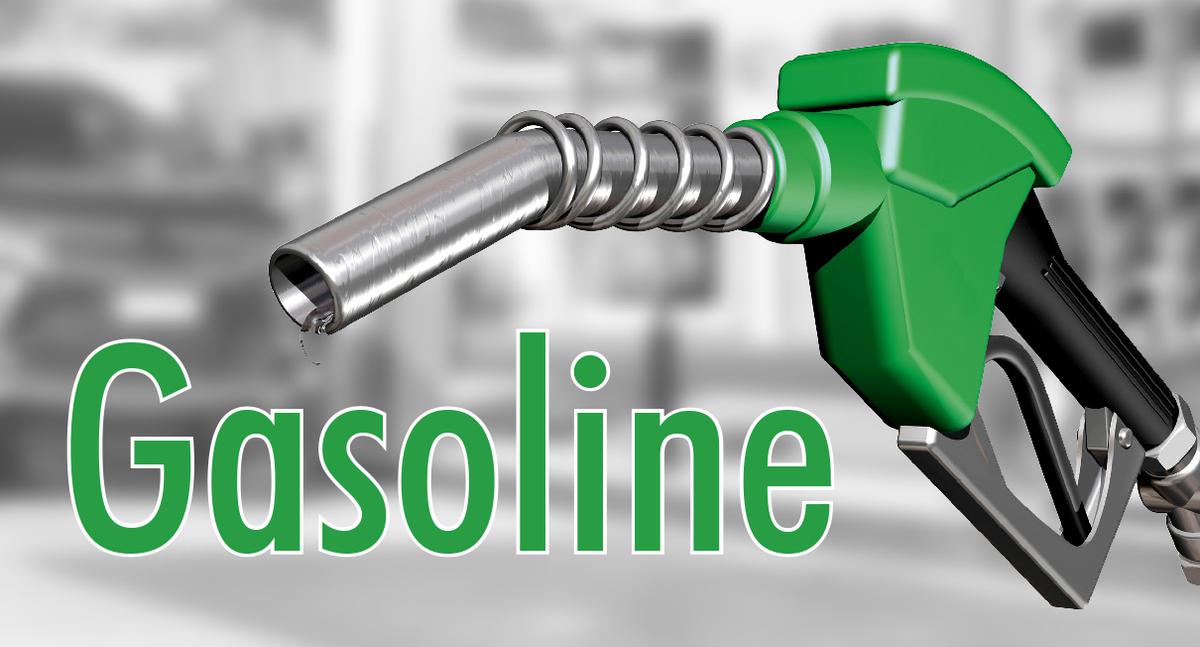Gasoline, or petrol, has powered vehicles all throughout history. While gasoline has had a profound effect on our society, it has also helped us move more quickly between two points. Today however, hybrids are becoming more and more popular, as well as the introduction of ethanol into gasoline to make it more environmentally friendly. But how did gasoline become the fuel of choice for vehicles?
Automotive combustion engines called Otto engines (named after German engineer Nikolaus Otto) were developed in the late 19th century in Germany, and were the first internal combustion engines that ran on petroleum gas.
Otto tried to improve on the design of the Lenoir engine, which only produced a mere 2 horsepower output. The Otto engine managed to improve this efficiency to 3 horsepower and was exhibited at the 1867 World Fair; this was discontinued in 1882.
Two future German automobile executives, Gottlieb Daimler and Wilhelm Maybach, worked under Otto. They would form a company the Daimler-Motoren-Gesellschaft (Daimler Motors Corporation) that would later produce the Mercedes-Benz, whose cars are synonymous with luxury today.
While extracting oil in the United States goes as far back as 1859, it was used to produce kerosene for lighting lamps. By 1892, gasoline was being used to power automobiles. Henry Ford’s Model T was the first commercially successful automobile, selling over 15 million automobiles between 1908 and 1927. To power these automobiles, service stations selling gasoline and other automobile-related services popped up around the United States and around the world. The octane rating on gasoline (measured as a fuel’s ability to resist engine knock at high compression ratios) also increased, allowing vehicles to travel longer distances.
Early forms of gasoline contained lead. This was especially dangerous to humans and the environment, and calls to remove lead from gasoline started in the 1970s. In 1973, leaded gasoline started becoming phased out in the United States, and by 1996, the U.S. Clean Air Act banned the use of leaded gasoline in the United States. The majority of countries use unleaded gasoline today, although some countries still use leaded gasoline. These countries include Afghanistan, Myanmar, North Korea, Algeria, Iraq and Yemen.
At the turn of the millennium, ethanol started to be introduced into gasoline as a way of reducing reliance on gasoline and counteracting the effects of gasoline on the environment. Ethanol is used in alcoholic beverages and can be made from crops. While we have relied on gasoline for a very long time, there might be one day that we might not need it at all due to the limited amount of fossil fuels left on the Earth.
Also published in GADGETS MAGAZINE April 2017 Issue
Words by Jose Alvarez
